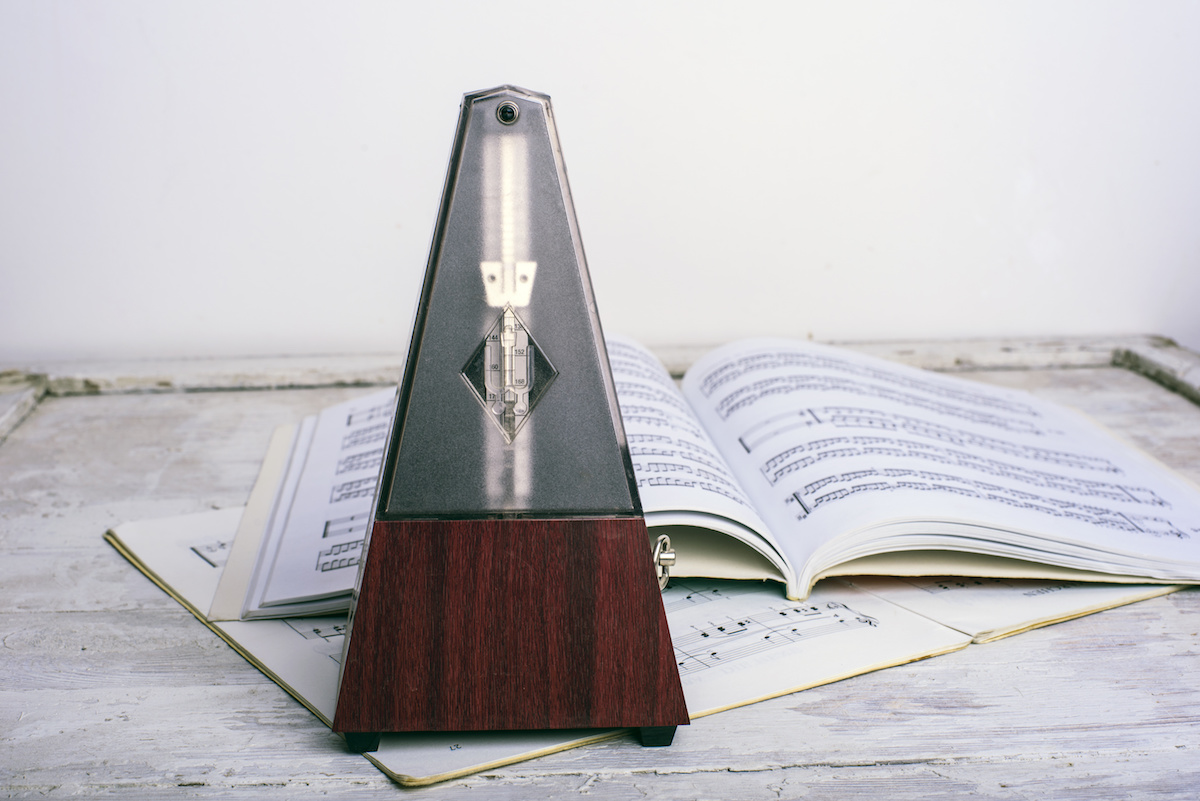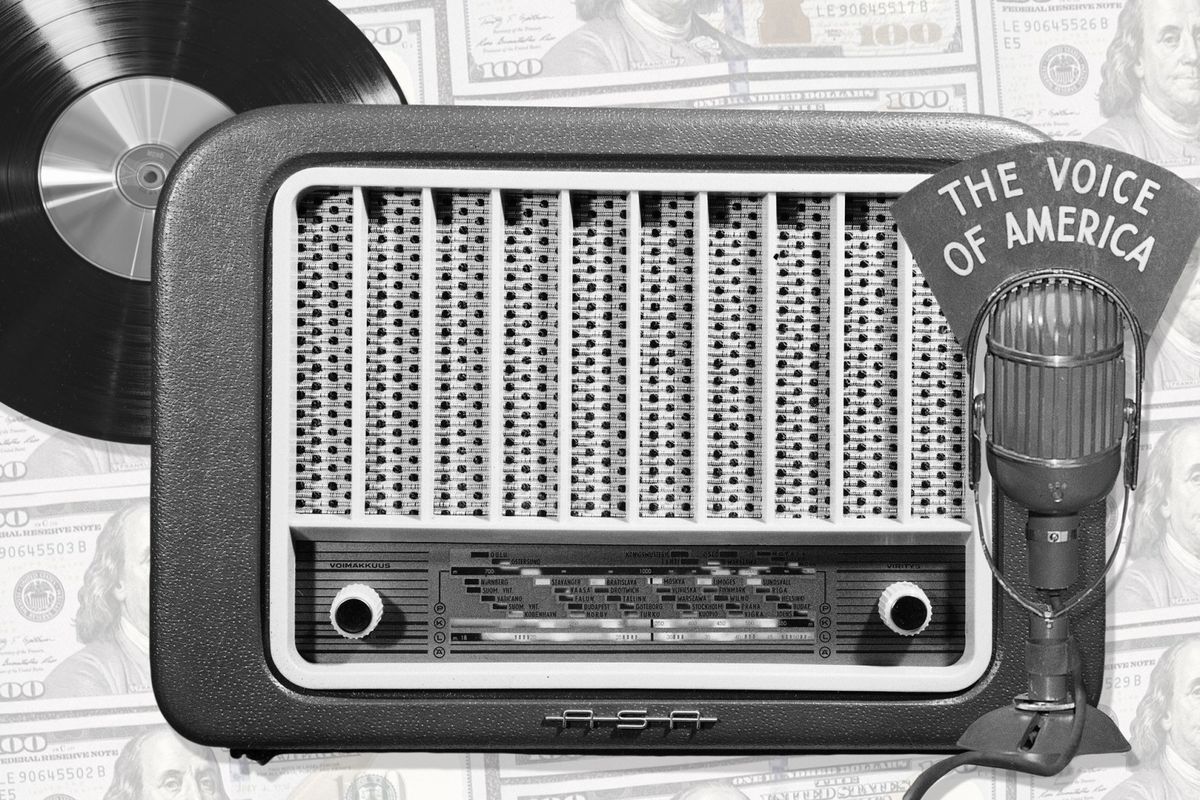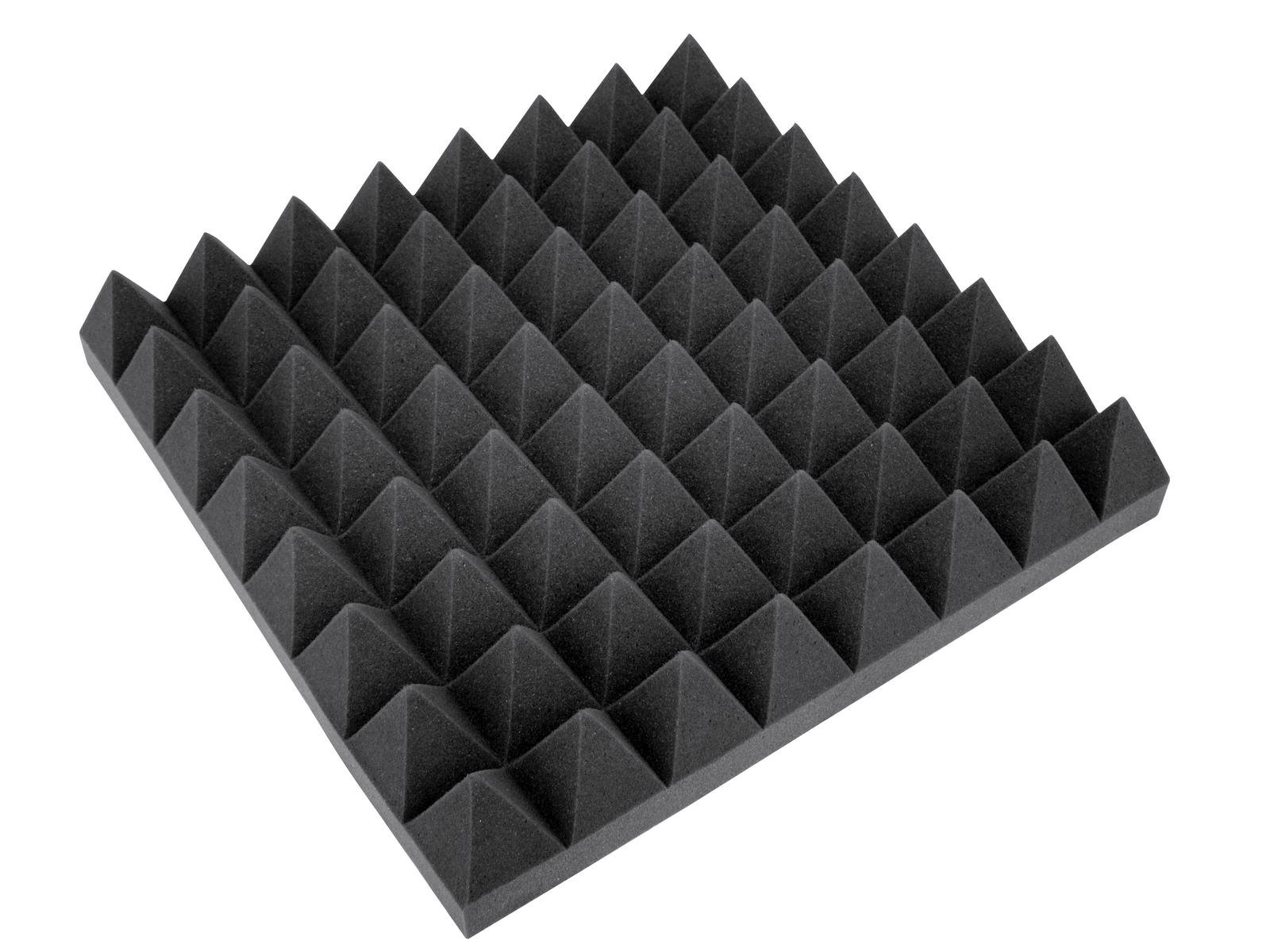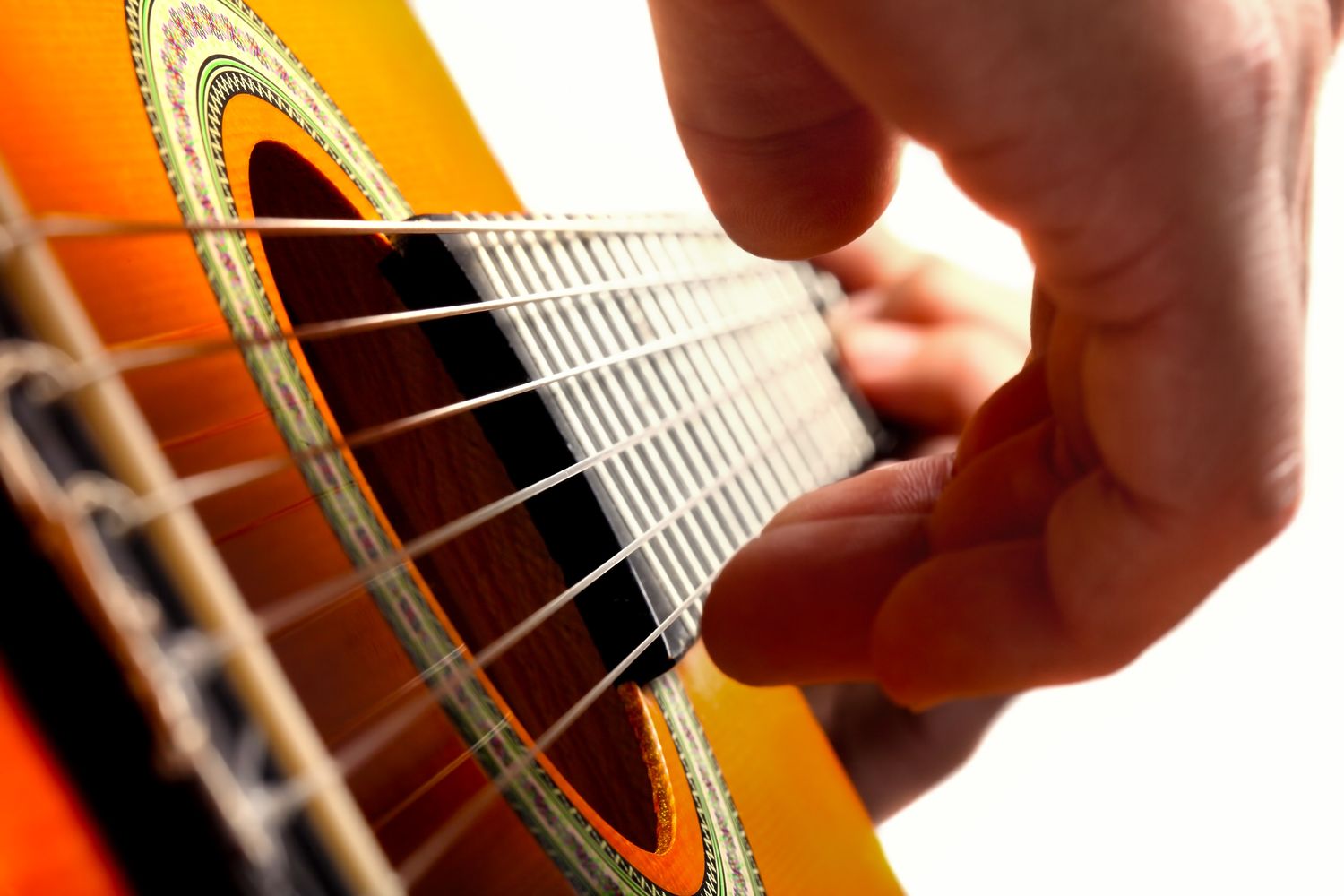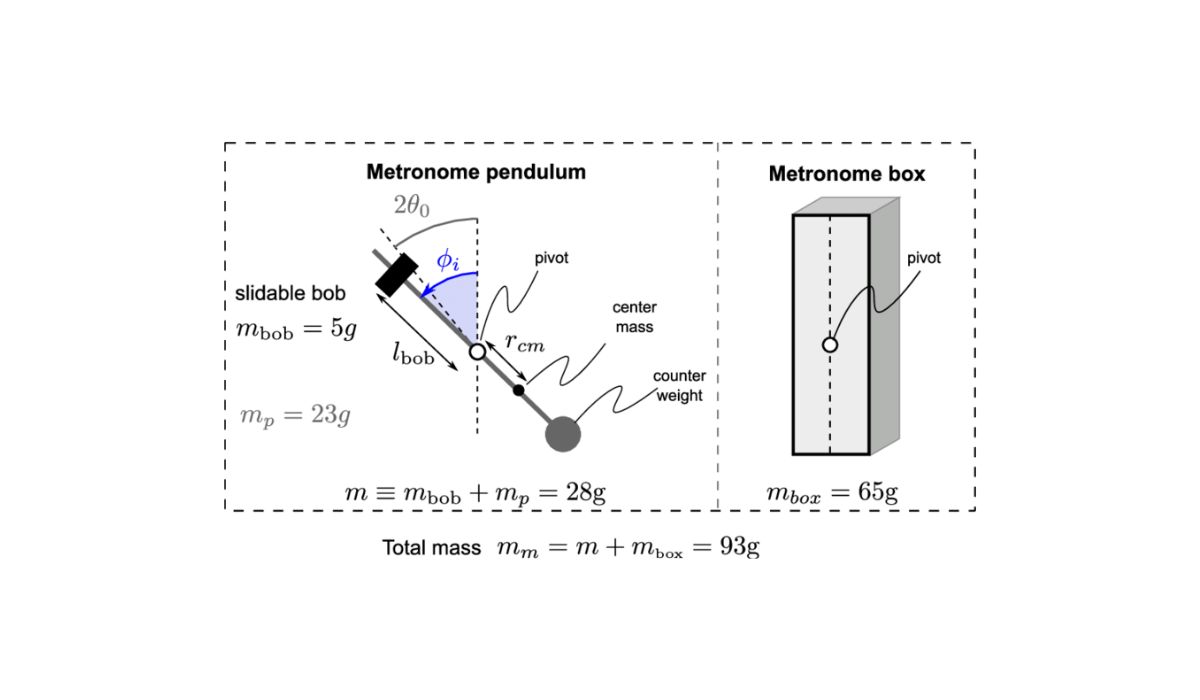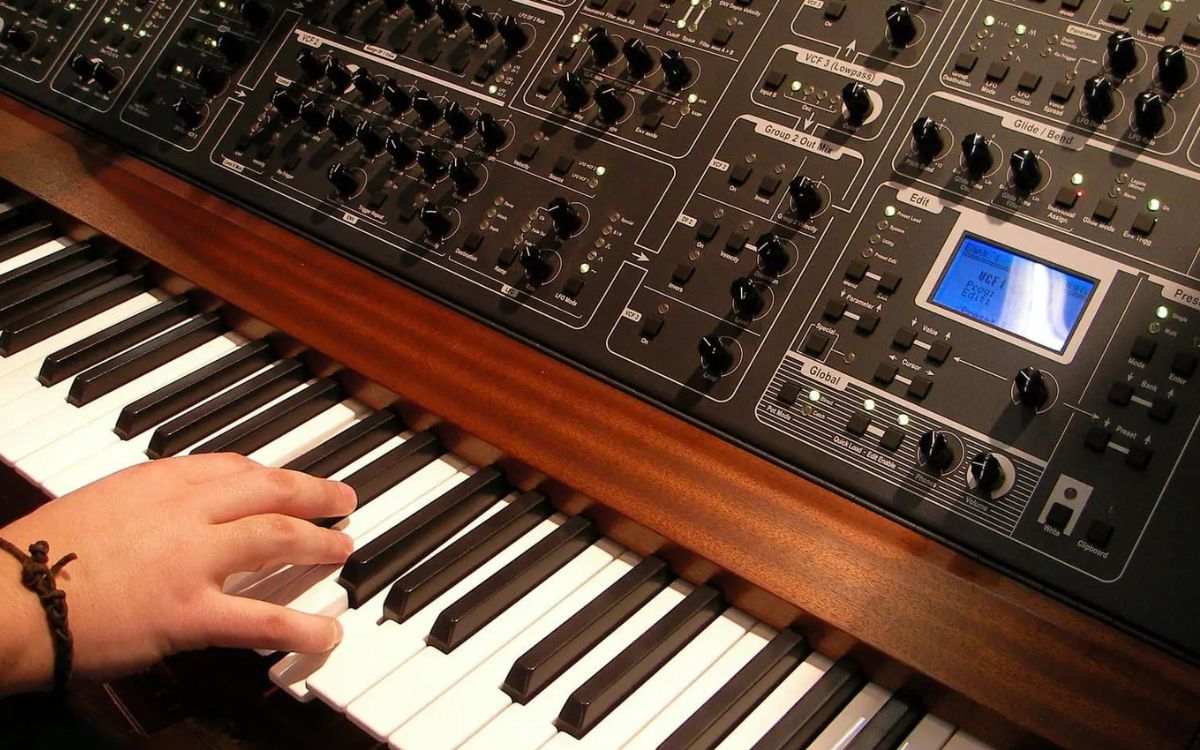Home>Instruments>Piano>How Does A Player Piano Work
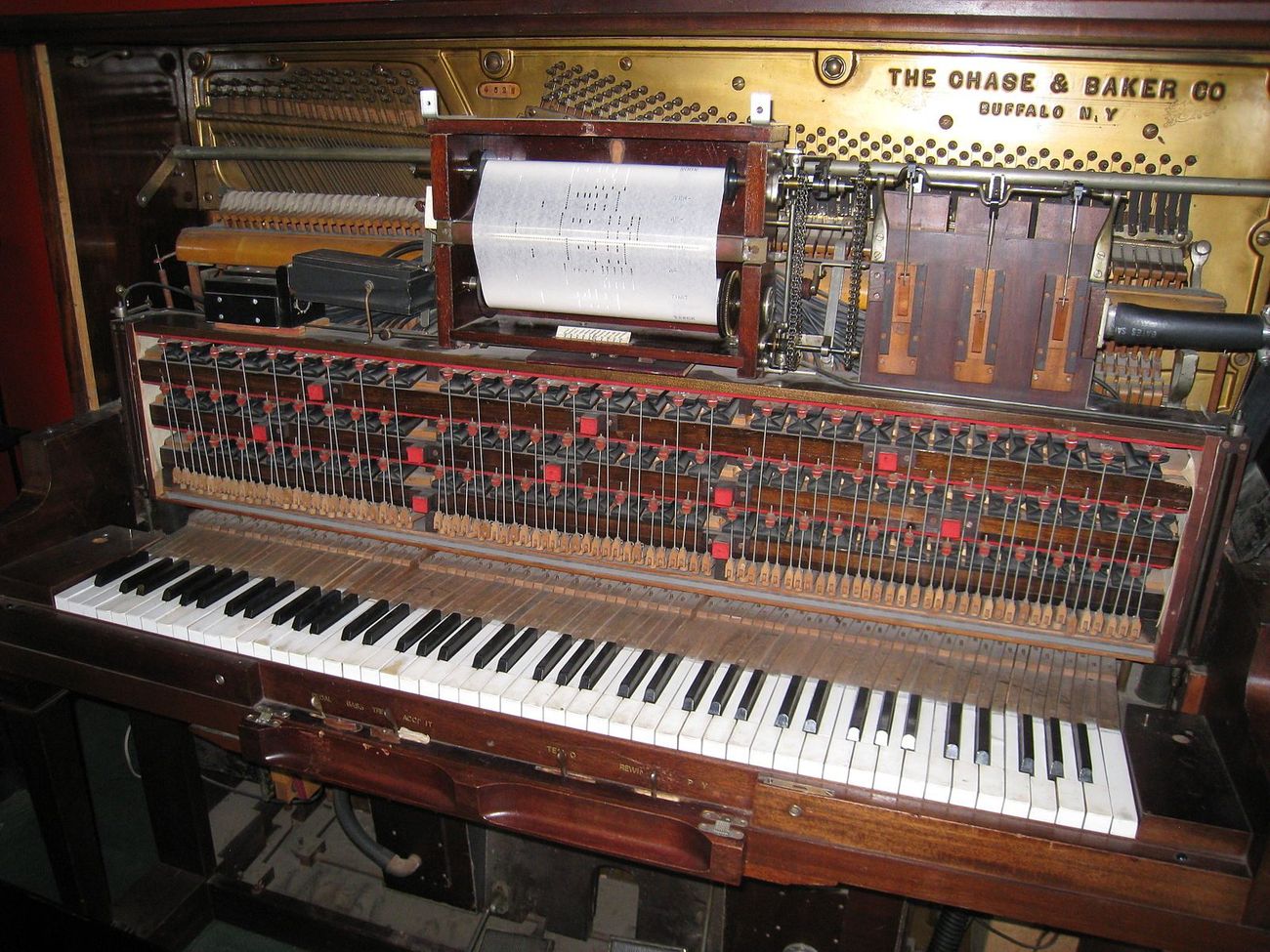

Piano
How Does A Player Piano Work
Published: February 11, 2024
Discover the inner workings of a player piano and learn how it produces music automatically. Explore the intricate mechanisms behind this fascinating instrument.
(Many of the links in this article redirect to a specific reviewed product. Your purchase of these products through affiliate links helps to generate commission for AudioLover.com, at no extra cost. Learn more)
Table of Contents
Introduction
The Magic of Player Pianos: A Fusion of Artistry and Engineering
Player pianos have long held a captivating allure, seamlessly blending the timeless elegance of piano music with the ingenuity of mechanical engineering. These remarkable instruments, also known as pianolas, have enchanted music enthusiasts for over a century, offering a unique glimpse into the intersection of art and technology.
At first glance, a player piano may appear as a traditional acoustic piano. However, beneath its polished exterior lies a complex system of pneumatics, valves, and meticulously arranged components that bring its enchanting melodies to life. Understanding the inner workings of a player piano unveils a world where classical craftsmanship converges with modern innovation, producing an experience that transcends time.
In this exploration, we will embark on a captivating journey through the history, components, and mechanics of player pianos. From their inception to the modern iterations that grace contemporary homes and concert halls, we will unravel the enchanting mysteries of these musical marvels, delving into the intricate mechanisms that enable player pianos to recreate the artistry of celebrated composers with remarkable precision and grace.
Join us as we unravel the captivating tapestry of player pianos, delving into their evolution, components, and the enchanting interplay of art and engineering that defines these timeless instruments. Let's embark on an adventure through the harmonious fusion of musical expression and mechanical prowess that defines the captivating world of player pianos.
History of Player Pianos
The Birth of a Musical Marvel
The inception of player pianos can be traced back to the late 19th century, a time characterized by a burgeoning fascination with automated technology and a fervent desire to bring music into homes in a novel and accessible manner. The concept of a self-playing piano, capable of replicating the virtuosity of skilled pianists, captured the imagination of inventors and music enthusiasts alike.
In 1896, the Aeolian Company introduced the Pianola, a groundbreaking player piano that revolutionized the landscape of musical entertainment. This innovative instrument utilized perforated paper rolls, meticulously inscribed with notations, to guide the piano’s keys and pedals, effectively recreating the nuanced expressions of live performances. The Pianola swiftly garnered widespread acclaim, captivating audiences with its ability to faithfully reproduce the compositions of renowned maestros.
As the 20th century unfolded, player pianos experienced a meteoric rise in popularity, becoming a cherished centerpiece in countless households. Their allure extended beyond mere entertainment, as they facilitated the dissemination of musical education and enabled aspiring pianists to immerse themselves in the works of revered composers. The evolution of player pianos mirrored the advancements in mechanical engineering and music technology, culminating in an era where these instruments permeated the cultural fabric of society.
Despite the advent of radio and phonographs, player pianos retained their allure, captivating audiences with their timeless elegance and the enchanting allure of live music. Today, the legacy of player pianos endures, perpetuating a rich tradition of musical innovation and technological ingenuity that continues to captivate aficionados and collectors worldwide.
The history of player pianos stands as a testament to humanity’s unwavering passion for music and the ceaseless pursuit of blending art with innovation. Through their evolution, these remarkable instruments have transcended generations, weaving a melodic tapestry that resonates with the enduring allure of musical expression.
Components of a Player Piano
The Intricate Anatomy of Musical Mastery
Player pianos are a symphony of meticulously crafted components, each playing a vital role in orchestrating the mesmerizing melodies that emanate from these timeless instruments. From the resonant soundboard to the intricate pneumatic mechanisms, every element harmonizes to recreate the artistry of piano compositions with unparalleled precision.
Key components of a player piano include:
- Piano Action: The piano action of a player piano comprises a complex system of hammers, dampers, and keys, meticulously designed to interpret the perforated music rolls and translate them into expressive keystrokes and dynamic nuances.
- Pneumatic System: At the heart of a player piano lies a pneumatic system, comprising bellows, valves, and tubing, which serve as the instrumental conduit for interpreting the notations on the music rolls and translating them into mechanical movements that activate the piano action.
- Music Rolls: Central to the operation of player pianos are the perforated music rolls, intricately inscribed with musical notations that guide the instrument’s pneumatic system, dictating the precise keystrokes and pedal movements necessary to recreate compositions.
- Tracking Mechanism: Player pianos feature a tracking mechanism that ensures the seamless synchronization between the music rolls and the piano action, facilitating the accurate interpretation of musical expressions and the faithful reproduction of compositions.
- Expression Controls: These controls enable the player piano to emulate the nuanced dynamics and articulations present in live performances, allowing for the faithful recreation of the expressive qualities inherent in compositions.
These components, meticulously crafted and intricately integrated, converge to form the mesmerizing tapestry of a player piano’s inner workings. The harmonious interplay of mechanical precision and musical finesse transforms these instruments into captivating conduits of artistic expression, perpetuating a tradition of melodic enchantment that transcends time.
How a Player Piano Reads Music
The Enchanting Dance of Pneumatics and Notations
The mesmerizing melodies that emanate from a player piano are a result of a delicate choreography between perforated music rolls and a sophisticated pneumatic system. This intricate dance of mechanics and musical notations enables player pianos to interpret compositions with remarkable accuracy, breathing life into timeless masterpieces with unwavering precision.
The process through which a player piano reads music unfolds as follows:
- Perforated Music Rolls: The foundation of a player piano’s musical interpretation lies in the perforated music rolls, meticulously inscribed with notations that represent the composition’s melody, harmony, and dynamics. These rolls serve as the guiding score, dictating the precise keystrokes and pedal movements required to recreate the composer’s intent.
- Pneumatic System: As the music roll traverses the player piano’s mechanism, it engages with a complex pneumatic system comprising bellows, valves, and tubing. The perforations on the music roll trigger the activation of specific pneumatic channels, initiating a sequence of mechanical movements that mirror the expressive intricacies of live performances.
- Interpretation and Translation: The pneumatic system interprets the notations on the music roll, translating them into corresponding actions within the piano action. This intricate process facilitates the recreation of dynamic variations, articulations, and phrasing, allowing the player piano to mirror the nuanced expressions inherent in compositions.
Through this seamless interplay of perforated rolls and pneumatic precision, player pianos transform static notations into resounding symphonies, capturing the essence of musical compositions with remarkable fidelity. The marriage of mechanical ingenuity and artistic interpretation culminates in a captivating display of musical prowess, perpetuating the enchanting legacy of player pianos as custodians of timeless melodies.
How a Player Piano Produces Sound
The Harmonious Symphony of Mechanical Artistry
The resounding melodies that resonate from a player piano are a testament to the harmonious interplay of mechanical precision and musical finesse. These instruments, revered for their ability to recreate the emotive depth of piano compositions, achieve the production of sound through a meticulously orchestrated process that seamlessly blends artistry with engineering.
The journey of sound production in a player piano unfolds as follows:
- Piano Action Activation: As the perforated music roll guides the pneumatic system, it triggers the activation of the piano action, setting into motion a symphony of mechanical movements. The piano action, comprising hammers, dampers, and keys, responds to the cues from the music roll, translating them into expressive keystrokes that resonate within the instrument.
- Dynamic Articulation: The player piano’s ability to replicate the dynamic nuances present in compositions is achieved through the precise coordination of the piano action, which emulates the varying degrees of force and velocity employed by skilled pianists. This meticulous articulation breathes life into the music, infusing it with the emotive depth and expressive qualities intrinsic to live performances.
- Resonant Soundboard: As the piano action engages with the strings, the resulting vibrations are transmitted to the instrument’s resonant soundboard, amplifying and enriching the tonal palette of the reproduced compositions. The soundboard serves as a vibrant canvas, embellishing the melodies with warmth and resonance, imbuing them with a captivating sonic presence.
Through this intricate process, player pianos evoke the captivating essence of live performances, harnessing the synergy of mechanical artistry and musical interpretation to produce resounding symphonies that enrapture audiences. The seamless fusion of precision and passion culminates in a melodic tapestry that transcends time, perpetuating the enduring allure of player pianos as guardians of musical tradition.
Modern Player Pianos
Harmonizing Tradition with Technological Innovation
While rooted in a rich legacy of mechanical artistry, modern player pianos have undergone a transformative evolution, embracing technological advancements to augment their capabilities and redefine the boundaries of musical expression. These contemporary iterations seamlessly fuse tradition with innovation, embodying a harmonious convergence of timeless elegance and cutting-edge sophistication.
Key facets of modern player pianos include:
- Integration of Digital Interfaces: Modern player pianos often integrate digital interfaces that enable seamless connectivity with digital music libraries, granting access to an extensive repertoire of compositions. This integration empowers enthusiasts to explore a diverse array of musical genres and expand their horizons beyond traditional catalogues.
- Enhanced Articulation and Dynamics: Leveraging advanced pneumatic and digital technologies, modern player pianos boast enhanced capabilities in replicating the dynamic articulation and nuanced expressions inherent in compositions. This heightened fidelity enables these instruments to capture the emotive depth of live performances with unparalleled precision.
- Interactive Performance Modes: Many modern player pianos offer interactive performance modes, allowing enthusiasts to engage in collaborative musical experiences. These modes facilitate duets between the player piano and live performers, fostering a dynamic interplay between traditional and contemporary musical expressions.
- Wireless Connectivity and Remote Control: Wireless connectivity features and remote control capabilities have become integral aspects of modern player pianos, offering convenient access to an extensive array of musical selections and empowering users to curate bespoke musical experiences with effortless ease.
Through the seamless integration of traditional craftsmanship with state-of-the-art innovations, modern player pianos stand as exemplars of musical evolution, perpetuating a timeless tradition while embracing the boundless possibilities afforded by technological progress. These instruments continue to captivate audiences with their ability to transcend the confines of conventional musical expression, forging a path towards a future where the artistry of player pianos resonates with unwavering allure.



